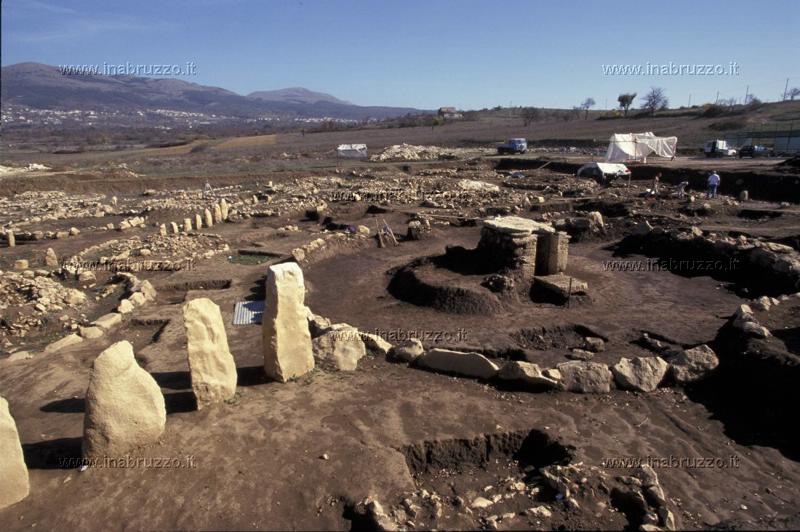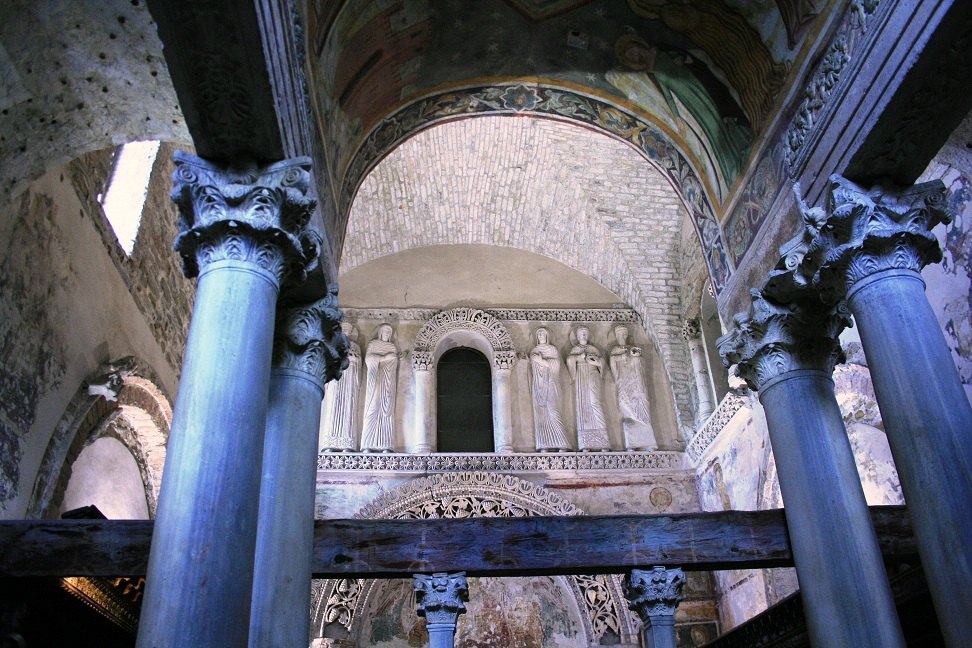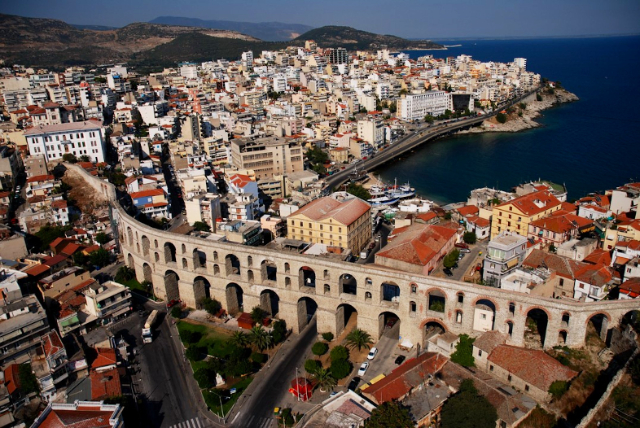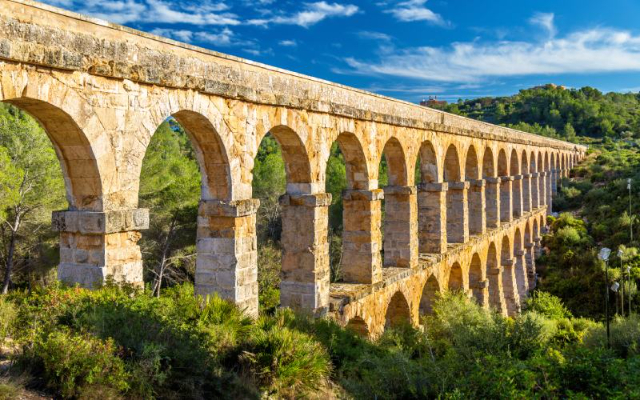Discovered in 1992 in the heart of the ancient Vestini territory, along the banks of the river Aterno, the Necropolis of Fossa is a monumental archaeological site of great historical importance as it was used as a burial place for almost a millennium.
The burial mounds brought to light cover an area of about 2,000 square meters and have different characteristics depending on the period to which they belong. The oldest tombs date back to the first Iron Age (XI-VIII century B.C.), while the most recent ones date back to the end of the Roman-Hellenistic Age.
The best known peculiarity of the site, called "small Stonehenge" of Abruzzo, are the male mounds surrounded by menhirs of decreasing height, whose meaning is still under study. Many objects of daily use found in the funeral outfit. In the female tombs, instead, without menhirs, precious ornaments in amber, iron and glass paste have been found.













